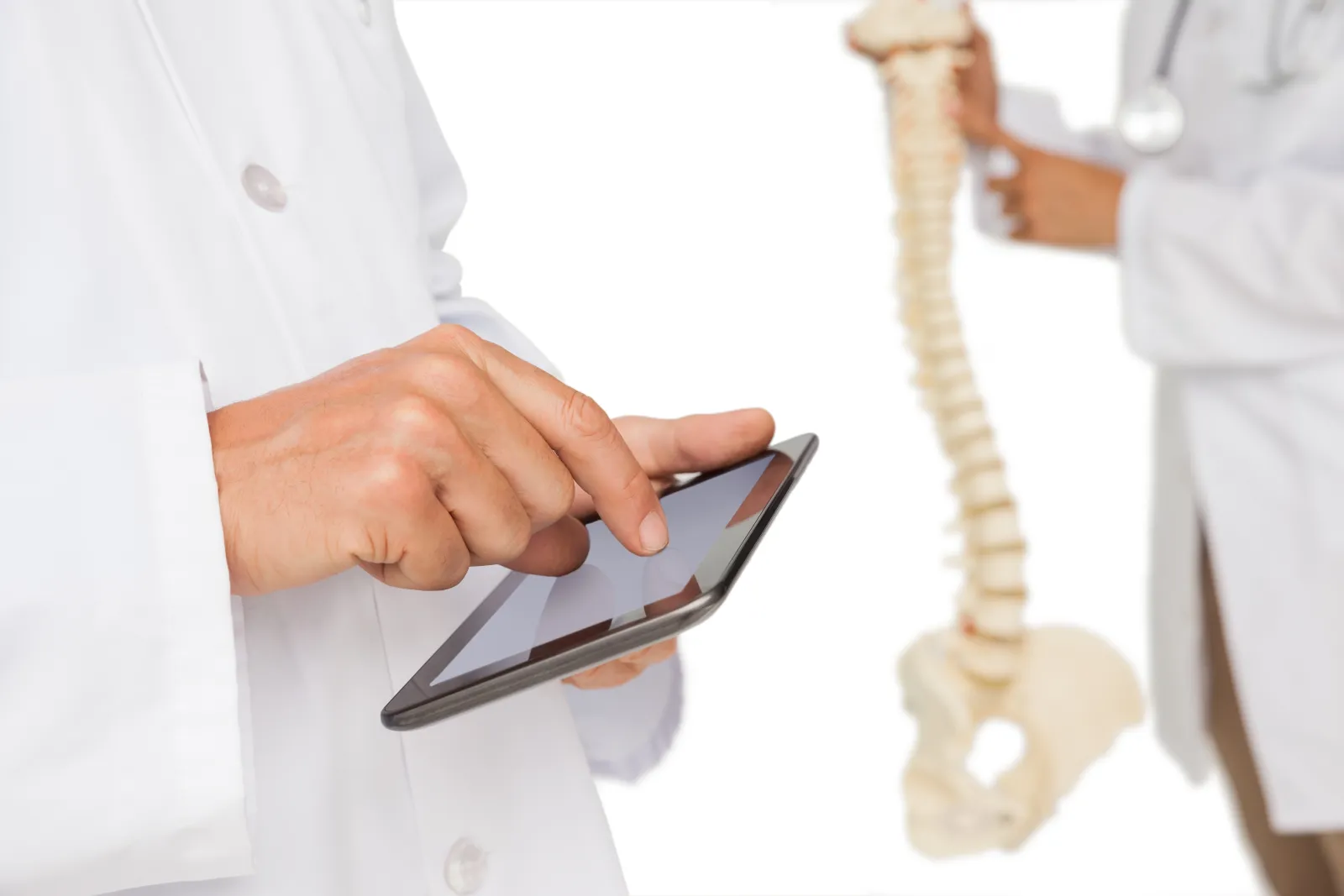
Orthopaedic Specialists of Austin is committed to helping patients of all ages with their serious health problems. We offer advanced spine surgery and orthopaedic care, with a focus on wellness, mobility, and pain relief.
One common condition that we have treated numerous times is scoliosis. Let's go over the basics and then consider the options for treatment.
About Scoliosis
Scoliosis refers to a sideways curvature of a person's spine. This often begins to occur some time around puberty, with the condition often diagnosed between the ages of 9 and 15.
In mild form, the condition is not particularly serious, though if left untreated, scoliosis can result in serious spinal cord deformities and major issues with the back and overall posture. In cases of severe scoliosis, the altered curvature of the spine can result in reduce space in the chest, leading to lung problems and other serious health conditions.
Causes of Scoliosis
The exact cause of scoliosis has yet to be identified, but many doctors notice that scoliosis tends to be linked to family history. Rarer types of scoliosis are sometimes linked to birth defects and birth injuries, spinal infections, or neuromuscular conditions (e.g., muscular dystrophy, cerebral palsy).
In addition, it's been noted that girls tend to have a much higher chance of the spinal curvature from scoliosis becoming worse, sometimes significantly so. This is peculiar since boys and girls tend to experience similar rates of the condition.
Diagnosing Scoliosis
A general practitioner will be able to diagnose scoliosis in many ways. When a patient is asked to stand and bend over, the doctor can notice if one side of the child's rib cage is more prominent. If that is the case, that is often an early sign of scoliosis. Further x-rays and imaging tests will be performed in order to determine how serious the scoliosis is and what the best option for treatment may be.
Body Braces: Non-Surgical Treatment for Scoliosis
Wearing a body brace is a common non-surgical approach to treating scoliosis. While the brace cannot cure or reverse scoliosis, wearing the brace will help prevent the spinal curvature from becoming more severe. There are two common kinds of braces:
-
Low-Profile Brace (aka Underarm Brace, Thoracolumbosacral Orthosis) - This kind of plastic body brace is worn under the clothes and molded to a patient's torso. Positioned just under the arms, the brace fits around the rib cage, lower back, and hips
-
Milwaukee Brace - When the low-profile brace proves ineffective, the Milwaukee brace can be used. This back brace spans up the full torso to the neck.
The body brace is typically worn during the day and night, with the treatment discontinued when the patient has reached full maturity. This typically means when patients no longer experience changes in their height, though there are sex-based indications of when to stop wearing the brace. For boys, the brace is typically no longer needed when they need to start shaving daily. For girls, the brace is generally no longer necessary two years after they have begun to menstruate.
Surgery for Scoliosis
When braces are not a viable option for treating severe scoliosis, surgery may be the ideal option. This prevents spinal deformities from becoming worse. In many cases, this tends to mean a spinal fusion surgery, which helps joint two or more vertebrae together and promote a straighter spine.
Any surgery on the spine will typically only be performed once a child has fully matured and his or her bones have stopped growing.
Schedule a Consultation at Orthopaedic Specialists of Austin
If you would like more information about treating scoliosis and how we can help you, we encourage you to contact Orthopaedic Specialists of Austin today. Our team of specialists will work with you to improve your overall health and wellness.
